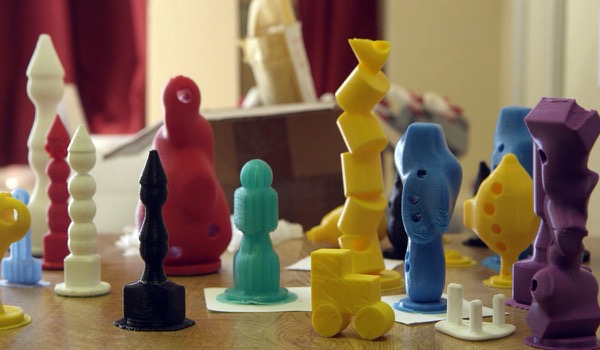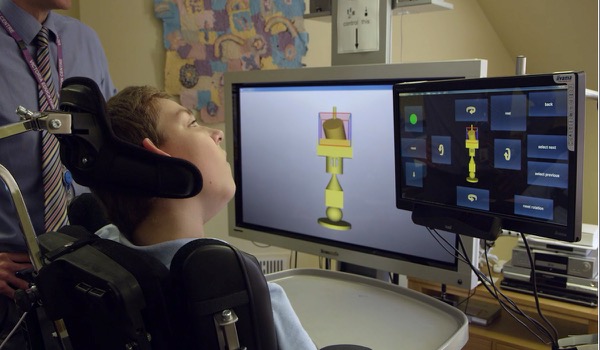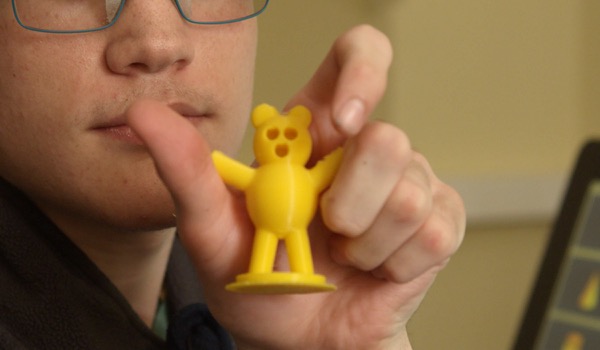
Right now feels something like a pivotal moment in disability rights – and specifically for people with learning disabilities – I state this cautiously because we all know that grand plans and wise words still need to translate into deeds.
If you’ve been following the debate about turning the rhetoric of community integration into reality and the plans to tackle the failures in supporting people who have a learning disability, you’ll know there’s a massive gulf between what should happen and what actually happens; between what national policy sets out as “good practice” ideals and what takes place on the ground.
This was brought home to me not only through what I’ve been researching and writing recently, but when I was told of the experience of a group of young people with complex physical disabilities in south east London.
The group from Family Link, Bromley, a charity that offers supports outside school and at weekends, visited a computer store on a Saturday morning. They were looking forward to seeing the latest gadgets and testing some of the equipment on display.
But,they were barely there a few minutes when they were asked by a member of staff to “move on” if they weren’t actually buying anything – despite the fact that there were plenty of their (non-disabled, non-wheelchair using) peers browsing just as they were.
Computer says no.
In fact, the computer your face/body doesn’t fit – so get out.
The group leader protested but, clearly made to feel unwelcome, they left. The charity has since complained to the company, which has apparently noted its objection. Family Link is awaiting a reply. The organiser of the group says she still feels cross thinking about it several days after the event.
She’s not alone, it’s hard not to feel angry about incidents like this, where people with disabilities are made to feel inferior or unwelcome in public places – as I know and have blogged before. And how ironic that the charity had the misfortune to meet such a backward-thinking dinosaur in an evnironment championing the forward-moving digital world.
I won’t name the store here as I’ve not approached it for comment, so to point the finger at the company without offering a right to reply would be shoddy treatment (though, for the record, not as shoddy as the two fingers apparently flicked at the vulnerable young people simply enjoying a morning out).
Maybe there was a misunderstanding. Maybe it simply a rogue sales assistant who didn’t know his Disability Discrimination Act from his disk drive. Maybe there’s lax management at play that allows such attitudes to prevail.
Or maybe it’s because, as I’ve blogged before, despite years of good practice, policy and guidelines, the real pace of change out here in the real world for people with complex needs is slow.
The computer store incident is also regrettable, given what technology offers not only through its assistive form but through its educational benefits (in fact a new report today from the National Literacy Trust and Pearson underlines how touch-screen systems could tackle low literacy among boys and disadvantaged children). There’s the social aspect to technology too; something as simple as a smart phone allows easy use of text and email, for example, meaning my phone-call shunning youngest sister and I can stay in touch more easily.
This stark contrast between practice and possibility was underlined when I heard of an innovative new technology enabling disabled children to design and print objects in 3D – using only their eyes.

Disability charity Livability is currently using SHIVA (Sculpture for Health-care: Interaction and Virtual Art in 3D) at its Victoria Education Centre, a school for children with physical disabilities.
The ground breaking collaborative project was created by a group including Mark Moseley, assistive technologist at the school, the National Centre for Computer Animation at Bournemouth University and researchers from the University of Lille.
In a nutshell, “eye-gaze technology tracks where a user is looking and translates it into screen coordinates so that on screen cells or buttons can be selected”. Around 15 pupils with varying levels of disability have used the software and many models have already been produced.

The creators now hope that new funding can be found so that the software can be further developed and used by more young people.
I hope so.
More people with disabilities should – if they want to – be free to road test interesting existing and new technologies, trying out software in high street computer stores, for example, rather than being asked to leave them.
